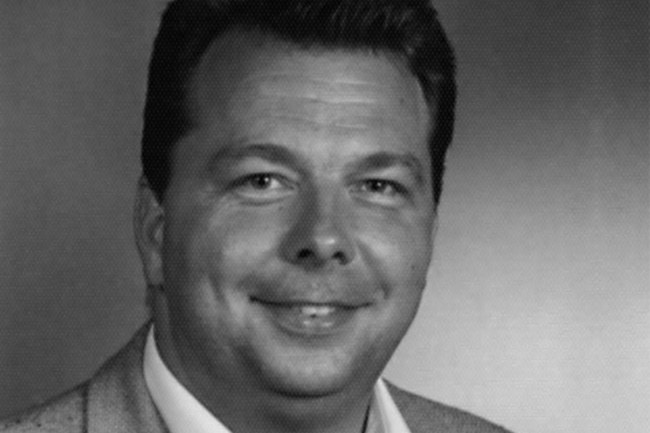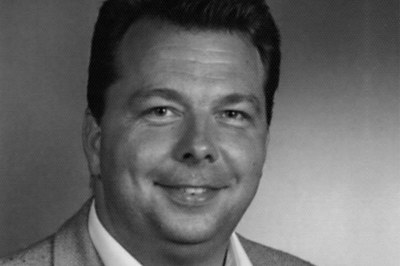LED Technology – Changing the Component Business in the Area of Lighting
In an interview with LED professional, Volker Neu, the General Manager of LED at Vossloh-Schwabe Optoelectronic explains the influence LED technology has on the component business in the area of lighting. Internal and external changes and alterations are necessary to be able to adjust to new technologies. Innovations and standards are especially important for moving the business of LED solutions forward.
LED professional: What solutions, in general, does VS Optoelectronic offer to the lighting market?
V. Neu: We are a manufacturer of standard products in the area of light sources which we offer to lamp manufacturers and specialist retailers. In addition, we produce drivers and controller parts and in the area of accessories and solutions, we offer the development of lenses and complete solutions. Besides the component business, in the area of Customer+Application, we also offer our clients support during implementation.
LED professional: What percentage of Vossloh-Schwabe’s business lies in the area of LEDs?
V. Neu: Basically, we are divided into two companies; Vossloh-Schwabe Optoelectronic and Vossloh Schwabe GmbH. The total percentage of LED business is still small whereby the plan is to make a big switch over the next few years. Our parent company, Panasonic in Japan, has been establishing its competencies in the area of LEDs for years and we can use this know-how to prepare for the market launch of LEDs.
LED professional: Your parent company, Panasonic, produces LEDs itself, yet you use LEDs from other manufacturers as well, like for example, Cree.
V. Neu: We are a distributor for Cree and Nichia. They are both strong partners that we need in order to have second sources in the background. Panasonic in Japan doesn’t actually produce LED chips, but rather, has gained a lot of expertise in the area of processing, like in COB technology.
LED professional: How has the emergence of LED technology changed the component business in your company?
V. Neu: We had to change our business completely. Don’t forget that with the LED you have a component that allows the parameters to exactly describe physical elements like wave length, color temperature or efficiency. On the other side, this element meets with the implementation which is steered by emotions, effects and design. A bridge has to be created between these two worlds. You also have to bring the luminaire manufacturer on board in order to realize new product ideas.
LED professional: The market is not always the same. What differences have you seen in relation to requirements in different countries?
V. Neu: There are countries where emotions play a much larger role, like in France or Italy. Generally, the southern European market is more design oriented than the middle or northern European market. The Italian market is strong in the area of household appliances and LED solutions have been applied there for years. Italian designs focus mainly on plastic casings instead of aluminium casings which are getting more and more expensive. Ideally then, LED solutions must be adapted to these market conditions.
LED professional: The importance of the standardization consortium, Zhaga is increasing. Can you give us some information about the first real work results?
V. Neu: Through our parent company, Panasonic, we are actively involved in the definition of the Zhaga standards. There is, for example, a specification for mechanical measurements for a round shop module. The goal is to present the final standard at Light & Building.
LED professional: Besides the geometric stipulations, are there also definitions in relation to electric and lighting engineering data?
V. Neu: Right now there aren’t any stipulations for this data. However, the way the parameters are tested will be agreed upon as well as how these parameters are to be declared. Geometrically, the light emission area will be determined and therefore the interface to the reflectors, whereby the type of light distribution will remain open. Photometrically, the standardization is insufficient, yet today Zhaga makes it possible for luminaire manufacturers to at least be able to change the modules mechanically since the mounting dimensions have been defined.
LED professional: Is the standard already accepted and adopted by the market?
V. Neu: If we look, for example, at the lighting market in Europe, we see that there are big regional differences in customer behaviour. Let’s take the example of street lighting. A lamp manufacturer from Germany wants a standard solution so that he can use components and/or modules from various suppliers. In France, on the other hand, the customer wants to find an individual product solution. I feel that it is important that standardization leads to standard platforms which can be adjusted specifically for the customer.
LED professional: Let’s go back to supplying the LED modules with electricity. There is a wide variety of voltage levels and modes of operation. What direction is development of the systems taking in the area of controls?
V. Neu: The products that we are putting on the market today are mostly power operated components and the world of voltage belongs to the past. The currents here lie at 350mA, 750mA and 1050mA, whereby it is possible for us to construct the module with protective extra low voltage. Depending on the mode of operation there is DC as well as PWM steering, if we are talking about dimming. In order to avoid negative effects through modulation, we naturally try to keep the basic frequency higher than 100 Hz.
LED professional: What quality standards, or more simply, quality objectives do you have?
V. Neu: We offer COB solutions on ceramic substrates and know from the long standing analyses done by Panasonic that contrary to aluminium, there is no chemical interaction with the phosphor. This means that we can guarantee our customers that this technology allows L90 B10 at 50,000 hours. That is an absolute highlight in relation to quality. A fundamental reason for the decrease of light output in COB technology lies in the migration of aluminium into the phosphor. Generally, quality must be comprehensible to the customer and there are very different requirements in regards to implementation and region.
LED professional: What new products will Vossloh-Schwabe be showing this year at the Light & Building?
V. Neu: There is a new, completely moulded module for street lighting in a die cast housing with a size of 120 mm x 120 mm. This module is very flexible in relation to light distribution, color and CRI. A corresponding 4-fold lens array is incorporated in the grouting during production. Generally, this module is a modular assembly system which, in turn, should be able to be implemented in indoor applications as well.
In addition, we have developed Chip-on-Reflector (COR) technology where the LED chips can be mounted directly on the reflector. In this way, the reflector is used as a heat-spreader or heatsink. The current system is made up of 294 LED chips with a total operating capacity of 50 W LED output. The LED chip can be set on the reflector, where it is photometrically needed. Each individual chip can be furnished with a specific phosphor where various color temperatures can be used within one reflector. The LEDs can also be hooked up or disconnected individually which makes specific, adaptive and completely new types of light distribution possible from a single luminaire.
LED professional: Thank you very much for a very interesting interview,
and the best of luck with your new LED concepts.
V. Neu: Thank you!


